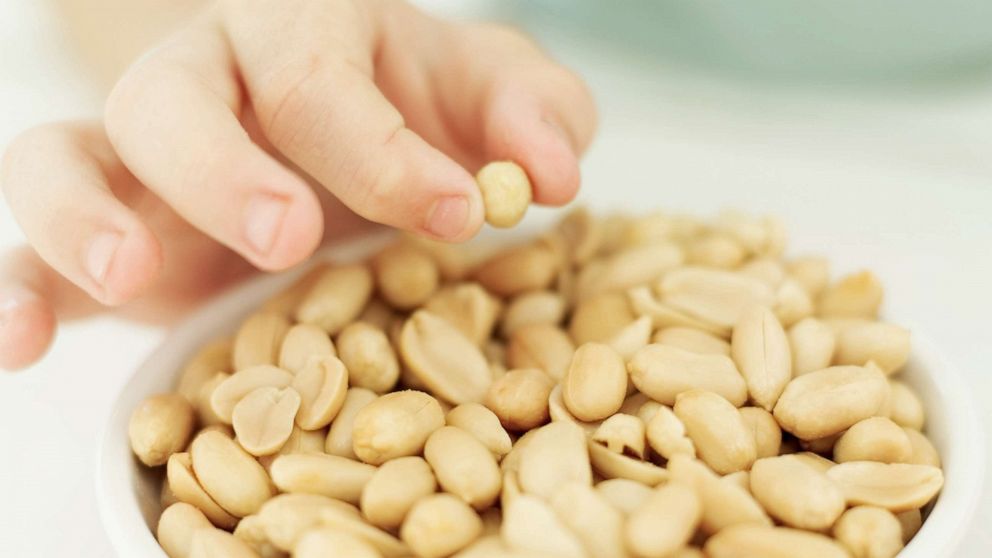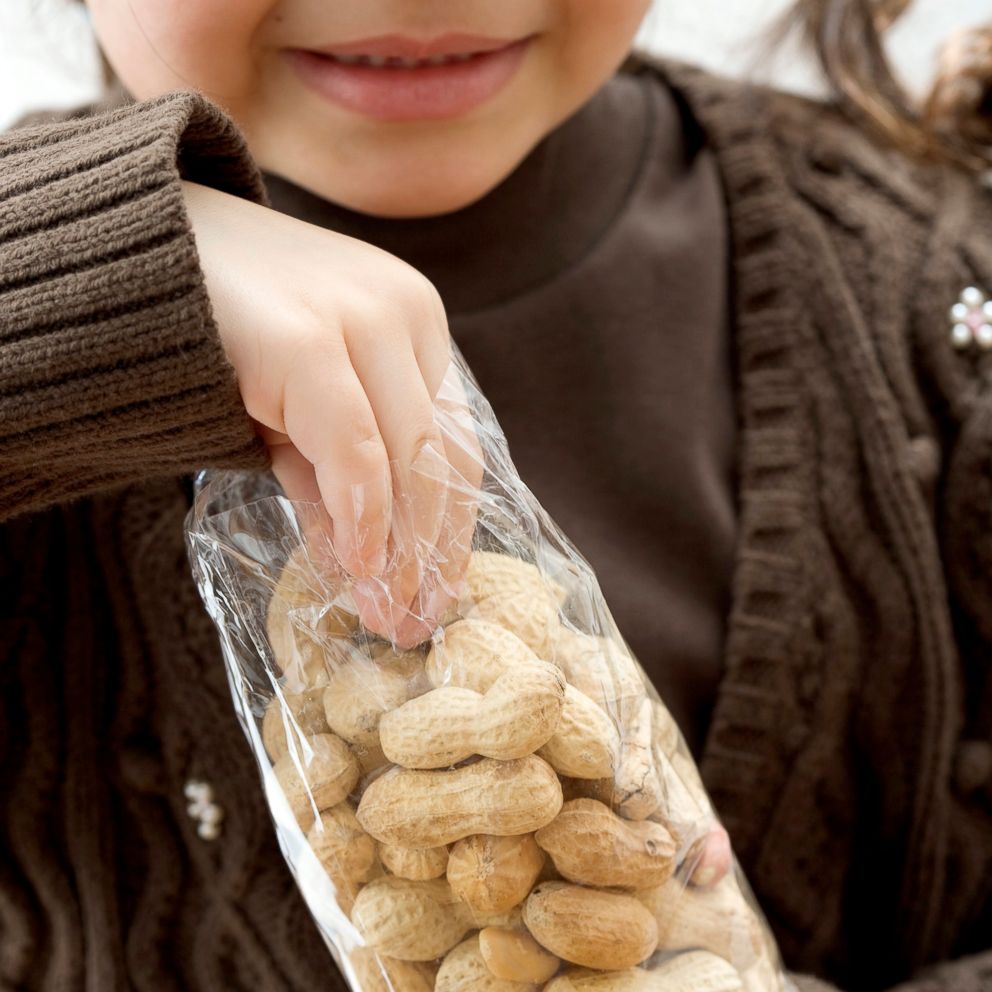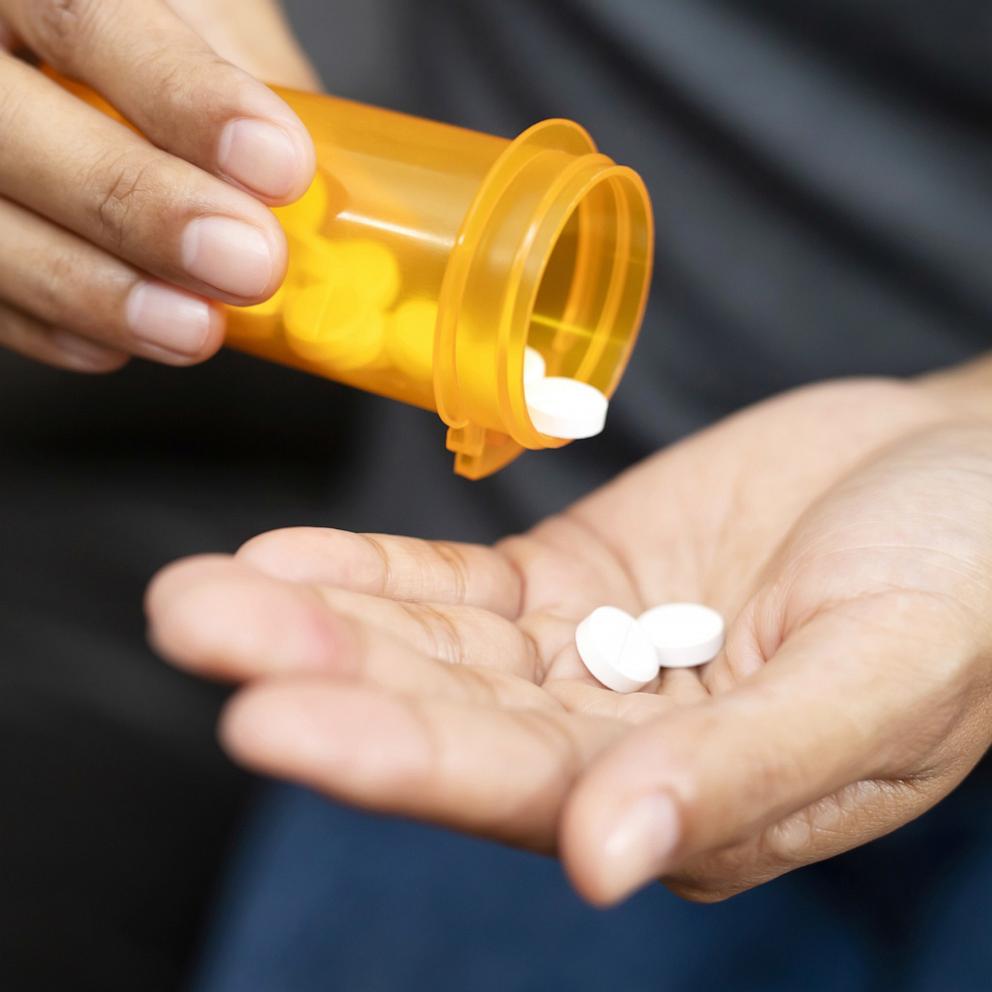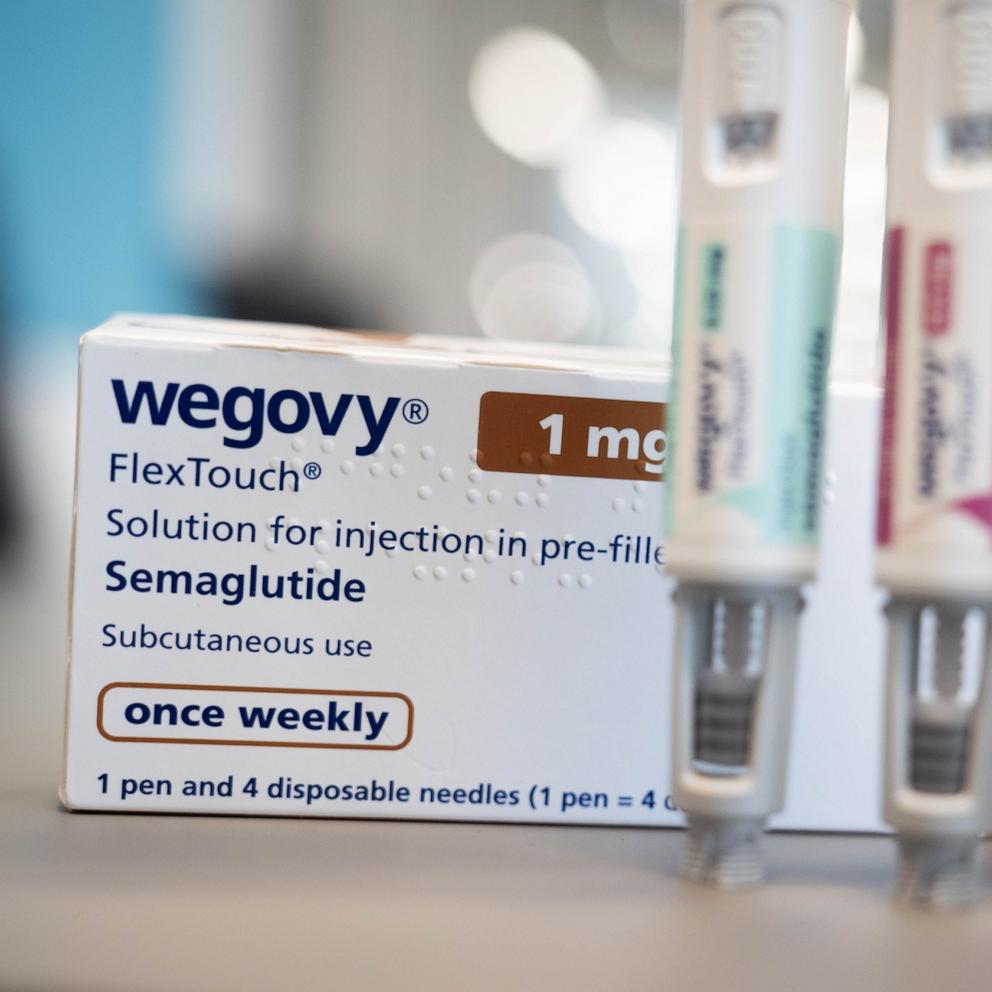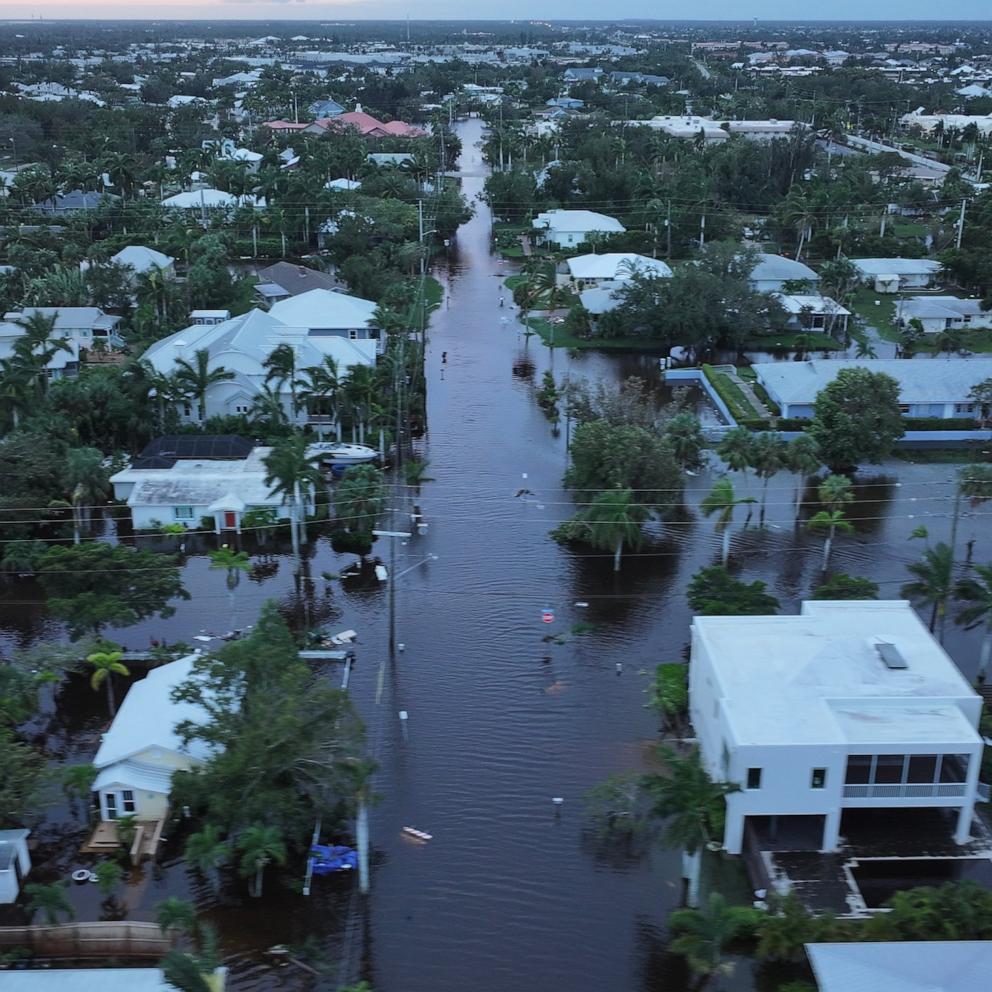FDA approves 1st drug for peanut allergy: Here's what you should know
A drug designed to minimize the frequency and severity of a child's allergic reaction to peanuts was approved Friday by the U.S. Food and Drug Administration (FDA).
The drug, Palforzia, is being heralded as a step forward in the treatment of peanut allergies, which affect around one million children in the U.S., according to the FDA.
The drug also comes with a hefty price tag and some potentially serious side effects.
Here are all the details you need to know.
1. Who is the new drug for?
Palforzia is for kids ages 4 to 17 with a "confirmed diagnosis of peanut allergy," according to the FDA.
Children with uncontrolled asthma should not be administered Palforzia, according to the FDA.
2. How does Palforzia work?
Palforzia is "an oral desensitization therapy," according to Dr. Jennifer Ashton, ABC News chief medical correspondent and a board-certified OBGYN.
The drug is actually a powder that comes in the form of pull-apart capsules. The powder is emptied from the capsules at the time it is taken and mixed into a semisolid food, like applesauce or yogurt, according to the FDA.
Palforzia is taken in three phases over the course of several months.
The first two phases are done under the supervision of a health care provider as the doses increase. If the patient tolerates the increased dose level, he or she may continue that dose level at home, according to the FDA.
3. Is Palforzia a cure for peanut allergies?
"This is not a cure," said Ashton. "This is really to blunt the response that could be potentially fatal of an accidental exposure."
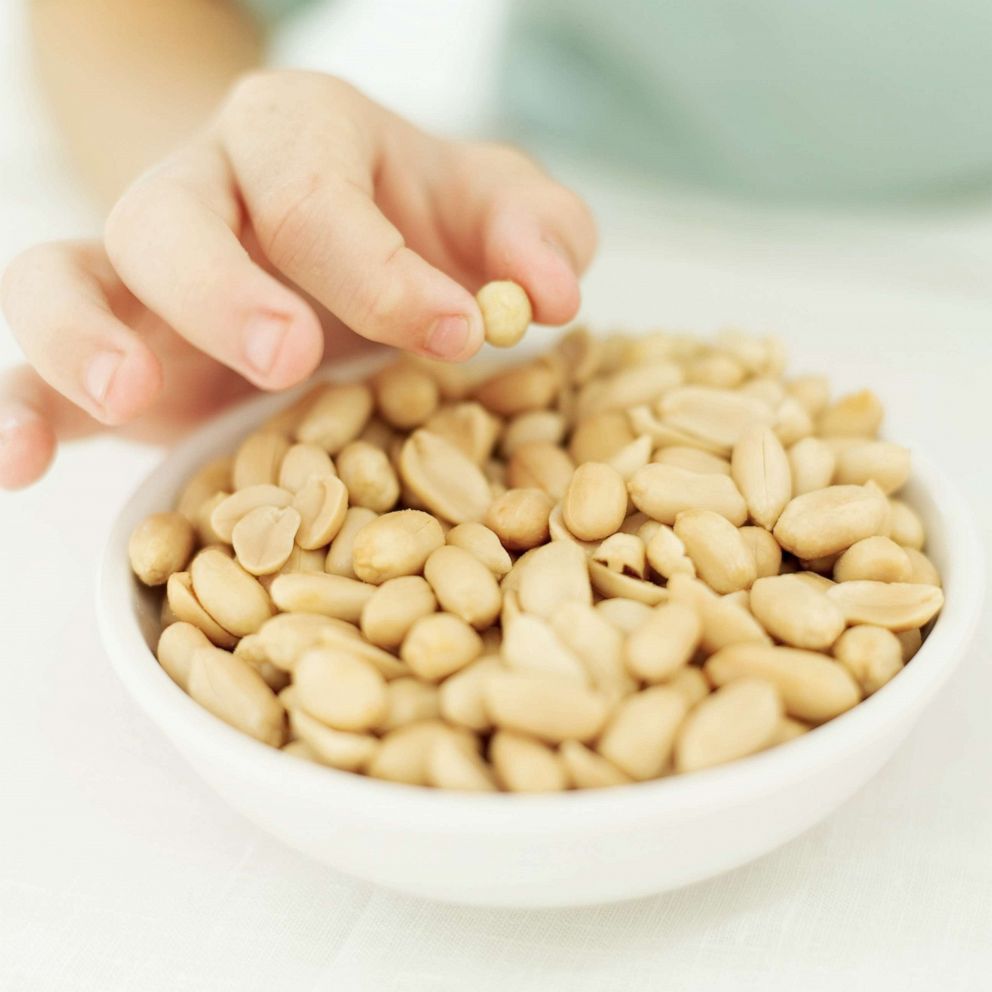
The FDA notes that children who are prescribed Palforzia will still need to have injectable epinephrine on hand for immediate use and will still need to avoid peanut products in their diet.
4. How much does it cost?
Palforzia comes with a potential cost of around $4,200 per year, according to Ashton.
5. What are the potential side effects to Palforzia?
The drug had a higher, increased risk of a potentially serious allergic reaction in clinical trials, according to Ashton.
The FDA states the most common side effects of Palforzia are "abdominal pain, vomiting, nausea, tingling in the mouth, itching (including in the mouth and ears), cough, runny nose, throat irritation and tightness, hives, wheezing and shortness of breath and anaphylaxis."
6. Should parents use Palforzia as an emergency treatment?
No, according to the FDA.
A peanut allergy reaction can include symptoms ranging from hives and redness of the skin to digestive discomfort to more life-threatening reactions like "constriction of the throat and airways, and loss of adequate blood flow to vital organs of the body," according to the FDA.
Palforzia, which is designed to help reduce the risk of allergic reactions, cannot, according to the FDA, "be used for the emergency treatment of allergic reactions."
7. How do patients get Palforzia?
Palforzia is available by prescription only.
The FDA is also making sure that healthcare providers who prescribe Palforzia are educated on the risk of anaphylaxis.
